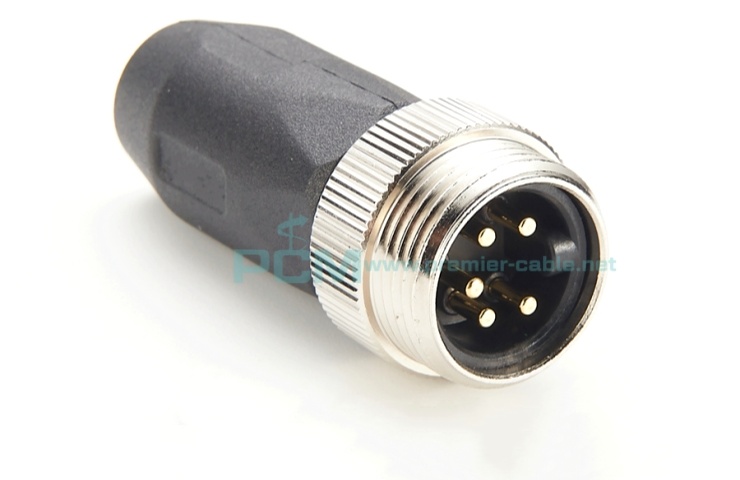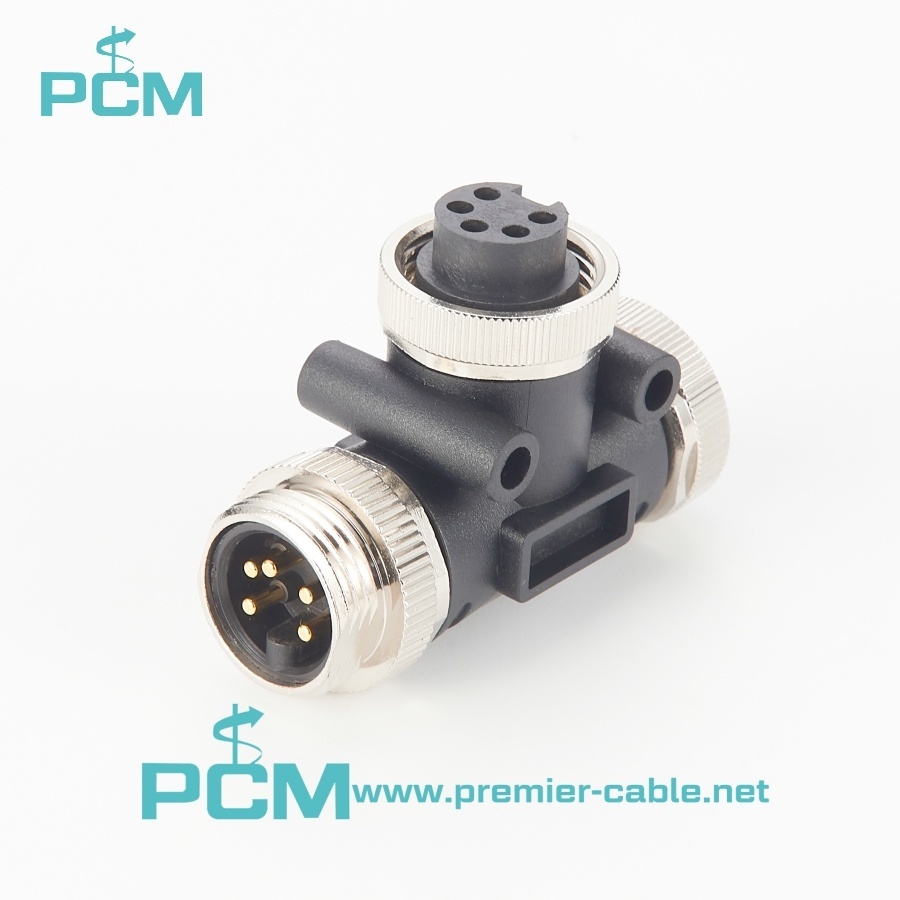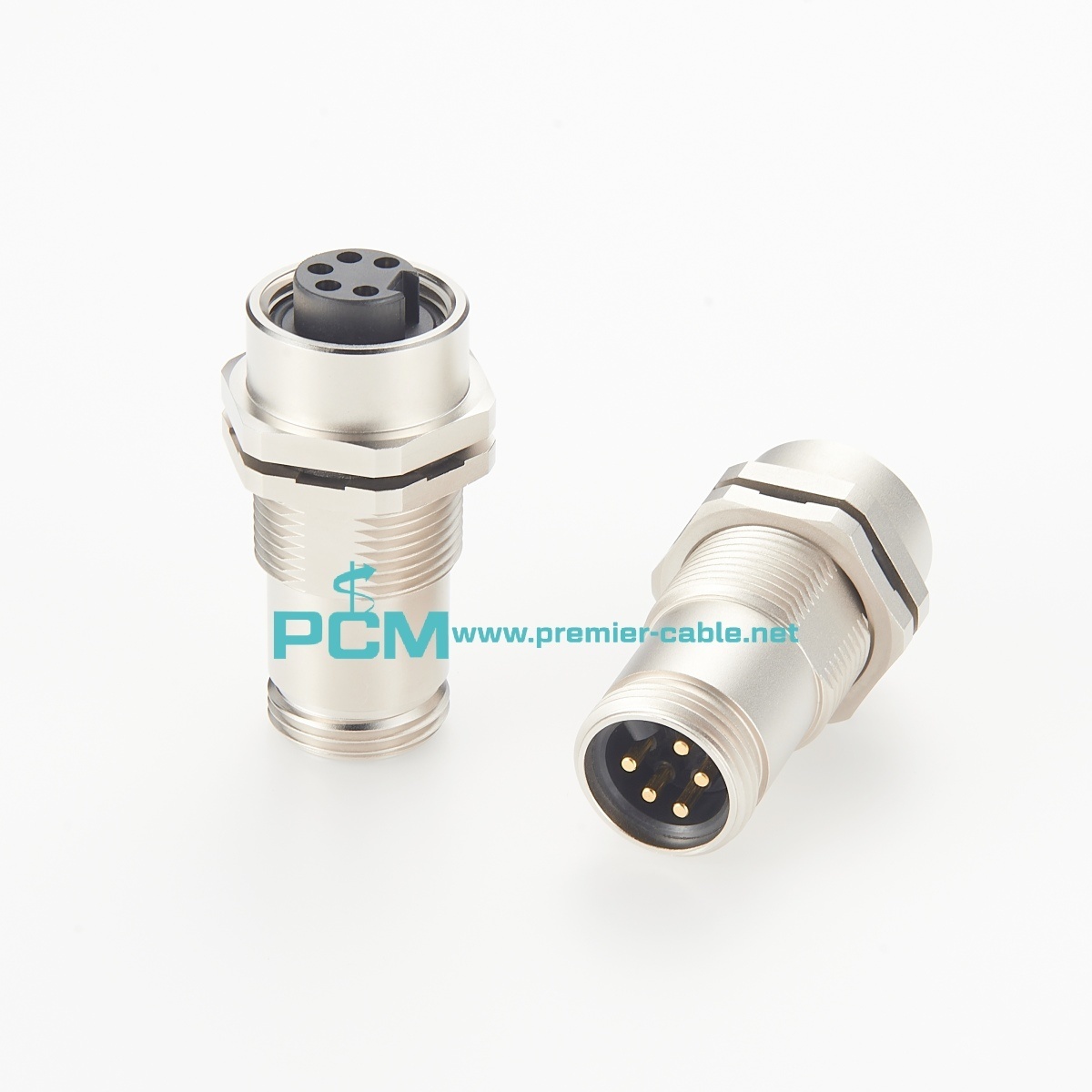 Esperanto
Esperanto
 Shqiptare
Shqiptare
 Euskara
Euskara
 Zulu
Zulu
 Latinus
Latinus
 Cymraeg
Cymraeg
 தமிழ்
தமிழ்
 Slovak
Slovak
 Slovak
Slovak
 Afrikaans
Afrikaans
News Center
The role of DeviceNet terminal resistor
Publish:
2023-11-30 17:40
Source:
www.premier-cable.net

The DeviceNet network is a fieldbus network protocol based on the Controller Area Network (CAN). In the DeviceNet_ network, the terminal resistor plays a role in compensating and protecting signal transmission. The function of the terminal resistor is to eliminate signal reflection and interference. In the DeviceNet network, reflections occur when signals are transmitted on the bus. Terminal resistors can eliminate these reflected signals and ensure the signal transmission quality.
How to connect the terminal resistor in DeviceNet. In the DeviceNet network, there are two ways to connect the terminal resistor: terminal connection and plug connection.
Terminal connection method
The terminal connection method is to connect the terminal resistor directly to the end terminal of the DeviceNet network. This connection method is suitable for the end of the bus, that is, when there is only one terminal device on the bus. The advantage of the terminal connection method is that it is simple and convenient and does not require additional plugs and sockets. However, if there are multiple terminal devices on the bus, then this connection method is not applicable.
Plug connection method
The plug connection method is to connect the terminal resistor to the plug and socket of the DeviceNet network. This connection method is suitable for situations where there are multiple terminal devices on the bus. The advantage of the plug connection method is that terminal equipment can be easily replaced and added, and the connection between the terminal resistor and the terminal equipment is more reliable. In the plug connection method, there is a terminal resistor on the plug and the socket. The terminal resistor on the plug ensures the terminal resistance of the bus, and the terminal resistor on the socket ensures the intermediate resistance of the bus.


Related News
What is a terminal block used for?
While there are many factors to consider when designing an overall system, terminal blocks are an optimal solution for complex electrical system connections. With a variety of color options and configurations, Premier Cable’ terminal blocks offer a range of options to meet your design challenges.
CAN-bus has been widely used in various automation control systems. For example, CAN-bus has incomparable advantages in various fields such as automotive electronics, automatic control, smart buildings, power systems, and security monitoring.
Introduction to M12 connector pin coding
M12 encoding types are A encoding, B encoding, D encoding and X encoding. A-code, B-code and X-code are some of the earliest developed and longest-available M12 connectors. The latest M12 coding types currently under development are K coding for AC and L coding for PROFINET DC.
Cables – What are the correct cable sizes for an NMEA 2000 network?
The three different sizes of NMEA 2000 certified DeviceNet standard cabling are "micro," "mid," and "mini."
What are the advantages of NMEA 2000?
The Premier Cable Starter Kits provide everything you need to get to create a basic NMEA 2000 network from scratch.
The role of DeviceNet terminal resistor
DeviceNet_network is a fieldbus network protocol based on Controller Area Network (CAN). In the DeviceNet network, the terminal resistor plays the role of compensation and protection for signal transmission. The function of the terminal resistor is to eliminate signal reflection and interference and ensure the signal transmission quality.
